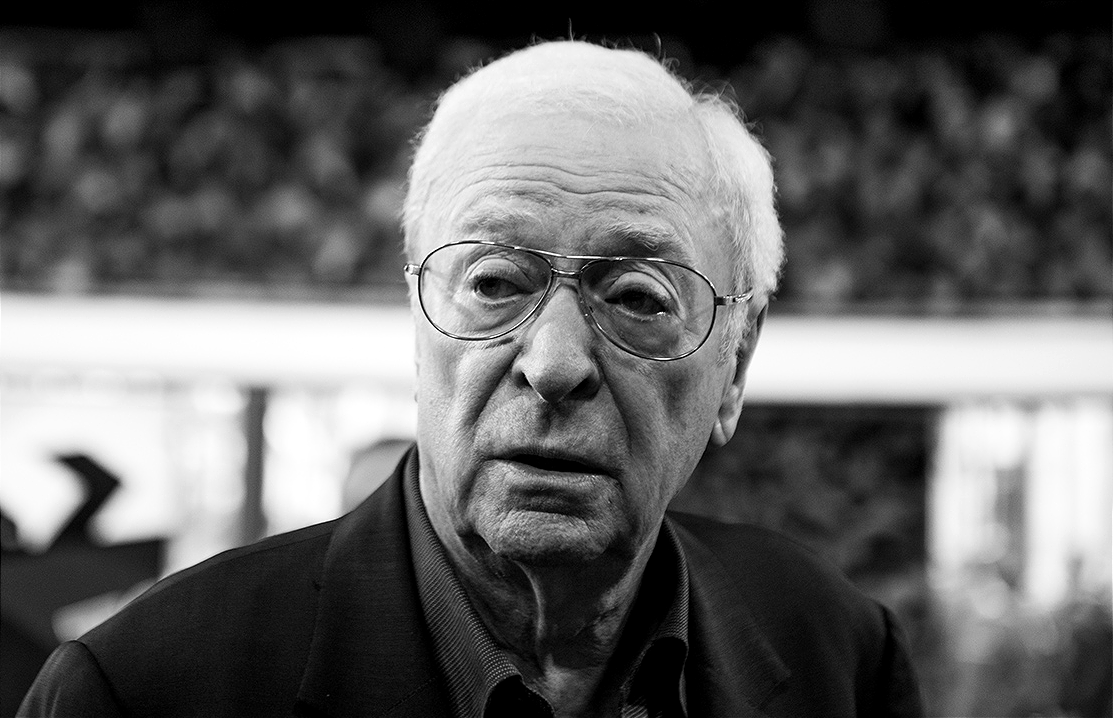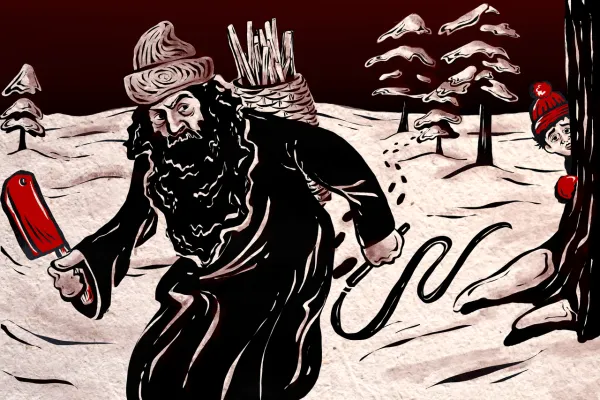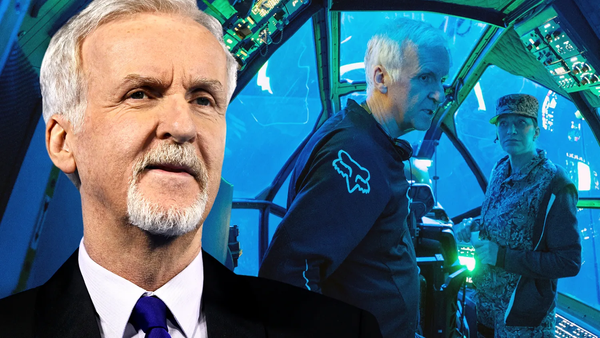Why one Arlington Cemetery grave has a lead-lined casket

The white marble headstone of Spc. 4 Richard Leroy McKinley may look like the other headstones in Section 31 but it marks Arlington National Cemetery's only radioactive grave and the story of America’s first fatal nuclear accident. In 1961, McKinley was serving as an operator at the U.S. National Reactor Testing Station just outside of Idaho Falls. On January 3, 1961, following a 10-day closure for the holidays and maintenance, operators returned to work at the reactor station. Shortly after 9:00 p.m., a steam explosion erupted in the SL-1 reactor. When responders arrived at the reactor at 10:35 p.m., they found dangerously high levels of radiation and three men — Army Spc. John Arthur Byrnes, Navy Seabee Richard Carlton Legg, and McKinley – lying on the ground. Byrnes and Legg were already dead; McKinley miraculously survived the initial blast but died shortly after being placed in an ambulance. He was 27. (via Arlington Cemetery)
Hitler, Stalin, Trotsky and Freud all lived within a short walk of each other in Vienna

Trotsky and Stalin were just two of a number of men who lived in central Vienna in 1913 and whose lives were destined to mould, indeed to shatter, much of the 20th century. It was a disparate group. The two revolutionaries, Stalin and Trotsky, were on the run. Sigmund Freud was already well established. The psychoanalyst, exalted by followers as the man who opened up the secrets of the mind, lived and practised on the city's Berggasse. The young Josip Broz, later to find fame as Yugoslavia's leader Marshal Tito, worked at the Daimler automobile factory in Wiener Neustadt, a town south of Vienna, and sought employment, money and good times. Then there was the 24-year-old from the north-west of Austria whose dreams of studying painting at the Vienna Academy of Fine Arts had been twice dashed and who now lodged in a doss-house in Meldermannstrasse near the Danube, one Adolf Hitler. (via the BBC)
The world's most expensive cow was sold for more than $4 million

Brazil has hundreds of millions of cows, but one in particular is extraordinary. Her massive, snow-white body is watched over by security cameras, a veterinarian and an armed guard. Worth $4 million, Viatina-19 FIV Mara Movéis is the most expensive cow ever sold at auction, according to Guinness World Records. That’s three times more than the last recordholder’s price. And — at 1,100 kilograms (more than 2,400 pounds) — she’s twice as heavy as an average adult of her breed. Along a highway through Brazil’s heartland, Viatina-19’s owners have put up two billboards praising her grandeur and beckoning ranchers, curious locals and busloads of veterinary students to make pilgrimages to see the supercow. The cow’s eye-popping price stems from how quickly she put on vast amounts of muscle, from her fertility and — crucially — how often she has passed those characteristics to her offspring. Those eager to level up their livestock’s genetics pay around $250,000 for Viatina-19’s egg cells. (via Ag Clips)
Hi everyone! Mathew Ingram here. I am able to continue writing this newsletter in part because of your financial help and support, which you can do either through my Patreon or by upgrading your subscription to a monthly contribution. I enjoy gathering all of these links and sharing them with you, but it does take time, and your support makes it possible for me to do that. I also write a weekly newsletter of technology analysis called The Torment Nexus.
When he was in his 50's Michael Caine found out he had a brother he never knew about

The story of Michael Caine rising from a working-class family in the East End of London to the top of Hollywood stardom has always captured the imagination of the British public. His father, Maurice, died in 1955 of liver cancer, but his mother, Ellen, lived until 1989, experiencing every bit of success her son enjoyed. Imagine Caine’s shock, then, when he discovered after she died that his beloved mum had kept a secret from him for 50 years. He was contacted by a newspaper doing an article about mental health facilities in England because it wanted his comment on a claim that a female patient at the Cane Hill Mental Hospital had made that Caine’s older brother David was her boyfriend. The newspaper told Caine that the story would be published that weekend, so he went to the hospital to find out if it was true. Not only was it true, but he was also told that his mother had visited David every Monday for nearly five decades. (via Far Out)
It's illegal to own a single guinea pig or parrot if you live in Switzerland

If you’re an animal person, you’ll love Switzerland. In recent years, they’ve passed quite a few pet-friendly laws which many people hope will be implemented in more places throughout the world. For starters, dog owners must take a course that teaches them how to take care of their dogs, care for their needs and deal with several behavioral situations. Anglers are required to take a course on humane fishing. But perhaps the most heartwarming Swiss law is about guinea pigs: you’re not allowed to have just one! They need social interaction to be happy, so owning a single guinea pig is considered harmful to its well-being and forbidden by law. Guinea pigs are quite curious and inquisitive in nature, but they are timid explorers. They get very attached to their owners and partners. If something does happen to their partner, then owners need to find another one — and that’s not easy (for the humans as well as the guinea pigs). (via ZME Science)
A wall-mounted vacuum slot that sucks up all your dirty laundry

Acknowledgements: I find a lot of these links myself, but I also get some from other newsletters that I rely on as "serendipity engines," such as The Morning News from Rosecrans Baldwin and Andrew Womack, Jodi Ettenberg's Curious About Everything, Dan Lewis's Now I Know, Robert Cottrell and Caroline Crampton's The Browser, Clive Thompson's Linkfest, Noah Brier and Colin Nagy's Why Is This Interesting, Maria Popova's The Marginalian, Sheehan Quirke AKA The Cultural Tutor, the Smithsonian magazine, and JSTOR Daily. If you come across something interesting that you think should be included here, please feel free to email me at mathew @ mathewingram dot com



